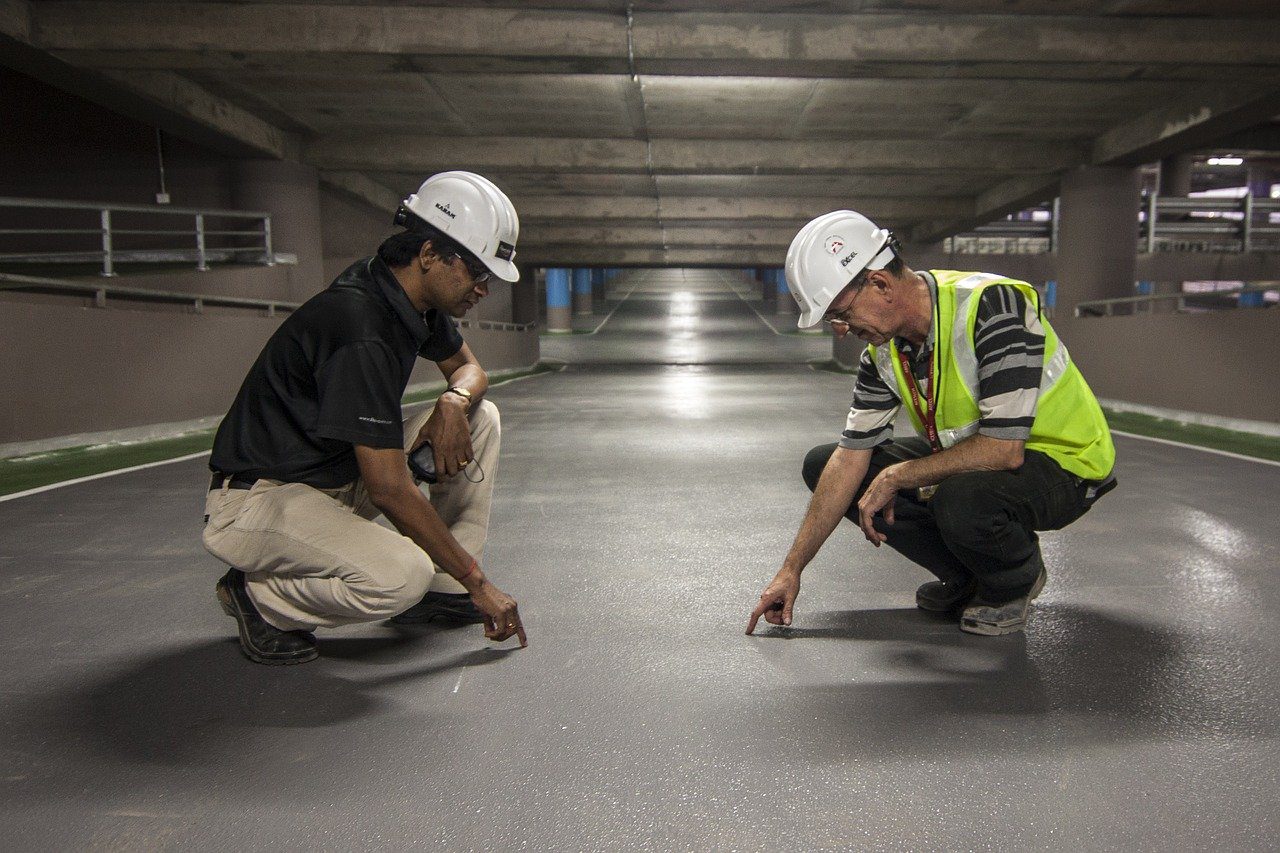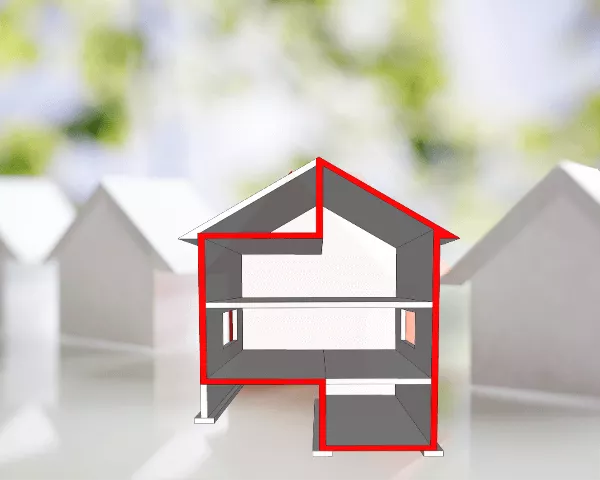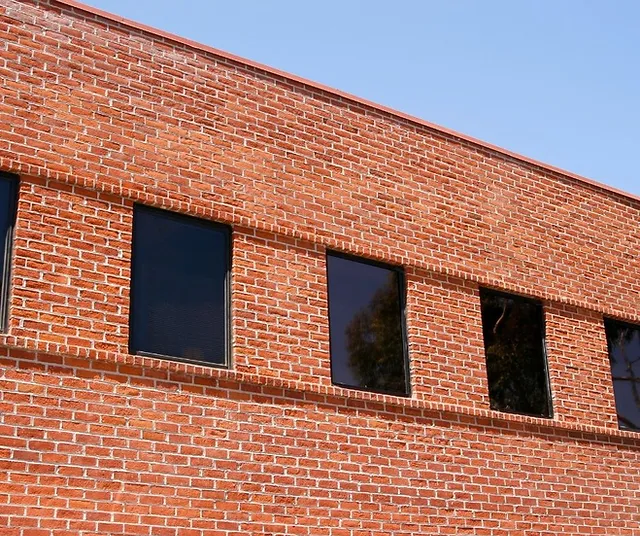Structural engineers are responsible for designing and analysing infrastructure such as buildings, bridges, and tunnels. They use their knowledge of mathematics, physics, and engineering to ensure the safety, stability, and durability of structures. The following are examples of initiatives on which structural engineers work: Building design:Structural engineers collaborate with architects and other design professionals to […]
Here are some of the current research topics: Effective rigidity of shear walls following an anticipated earthquake. In this topic, researchers examine shear walls subjected to dynamic loads and determine the effective rigidity of walls to be considered in the analysis process. They determined that the wall loses 80% of its stiffness, a significant amount […]
The grade of concrete to be used in a building is determined by several factors, including the building’s structural requirements, its intended use, and its location’s environmental conditions. Consider the following factors when choosing the grade of concrete for a structure: Type of Building: The type of building, such as residential, commercial, or industrial, will […]
Yes, force envelope can be utilized for structural engineering design. The force envelope is a graphical representation of the utmost values of axial force, shear force, and bending moment that can be experienced by a structural element under different loading conditions. The force envelope is utilized in the design of structural members to ensure that […]
Designing masonry structures for seismic resistance entails employing specific design strategies and detailing techniques that seek to enhance the strength, stiffness, and ductility of masonry buildings. Here are some important design considerations and principles for earthquake-resistant masonry structures: Design Codes and Standards: Design codes and standards provide guidelines and requirements for designing seismically resistant masonry […]
The ability of a structure to withstand an earthquake is contingent on several factors, including its design, materials, and location. In general, low-rise buildings are less likely to collapse during an earthquake than taller structures. This is because low-rise structures have simpler designs and are constructed with lighter materials, which are less likely to fail […]
Documenting the design process and providing a thorough description of the structural design, including calculations, illustrations, and specifications, are required to prepare a structural design report. Here are the stages involved in preparing a report on structural design: Information About the Project: Begin the report by providing information about the project, such as its name, […]
Structural engineers oversee making sure that structures like buildings, bridges, and other infrastructure are safe by creating, analyzing, and testing them. Here are some of the most important things structural engineers do: Design: Structural engineers use their knowledge of physics and materials science to make buildings that are strong, stable, and can handle different loads […]
API stands for “Application Programming Interface.” It is a set of rules, tools, and protocols for making software programs. APIs make it possible for different software programs to talk to each other and share data and functions. APIs can be used in many ways to improve the planning, analysis, and building of structures in the […]
Buildings are made from many kinds of materials, each of which has its own unique qualities and traits. Here are some of the most popular things that are used to build buildings: Concrete: is a famous building material that is made by mixing cement, water, and aggregates like sand and gravel. It is strong and […]











